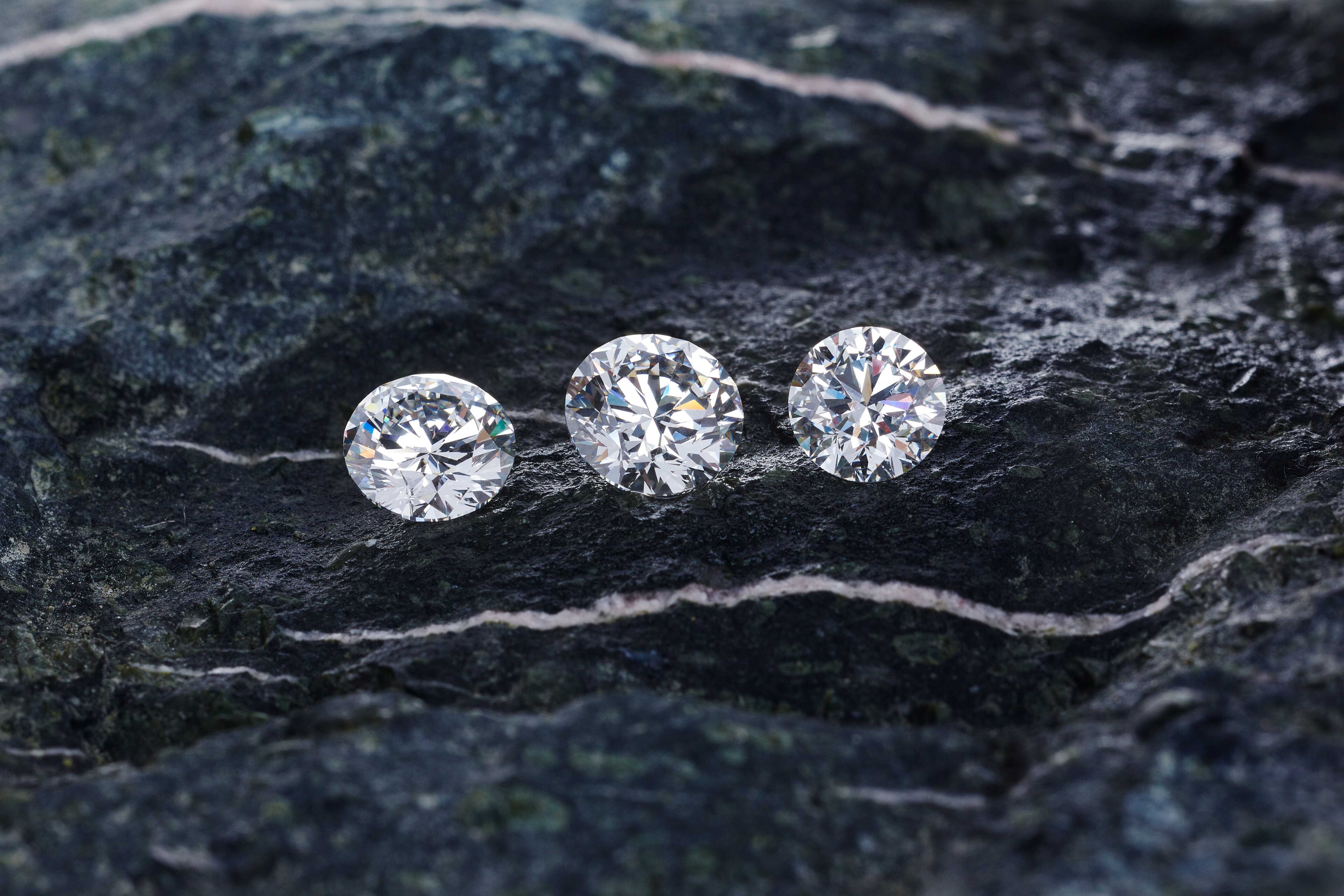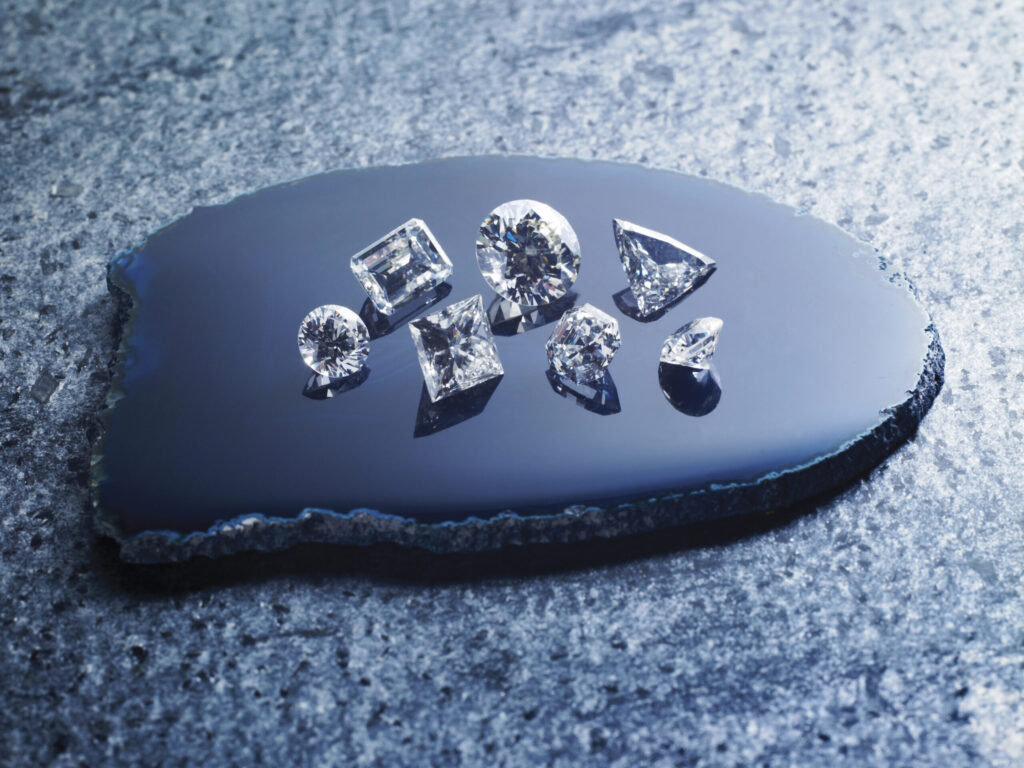
About Diamonds
Candamark mindfully sources diamonds so that you can feel empowered to define and celebrate your own life milestones.
We cut diamonds, not corners.

The 4C’s
Diamonds are evaluated for carat weight, color grade, clarity grade and cut grade. This ranking standard is known as the 4Cs of Diamond Quality.
The 4C’s
Diamonds are evaluated for carat weight, color grade, clarity grade and cut grade. This ranking standard is known as the 4Cs of Diamond Quality.

Cut
Color
Color
Clarity
Clarity
Carat
Get in Touch
Get in Touch